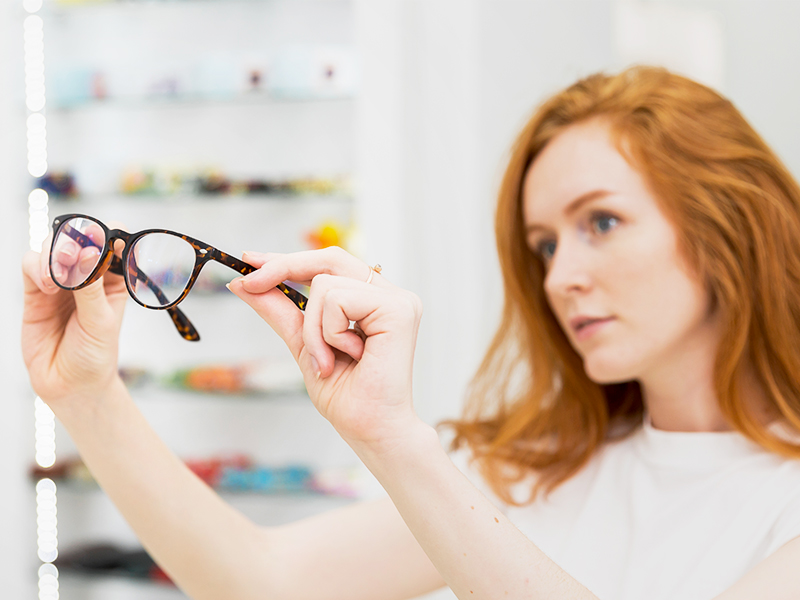We often get confused between glare and reflection, especially when it comes to picking a coating for your glasses. Generally, when you decide to buy glasses and also wish to enhance the vision by eliminating the unnecessary light or brightness that is causing the distraction, you think of opting for an additional lens coating. The confusion arises when you have to choose between the anti-reflective coating and anti-glare coating. Both are designed to reduce eye strain and improve your vision.
If you have to distinguish between both the lens coating, there is no such fixed answer. Some of the opticians, optical manufacturers and specialists claim that anti-reflective and anti-glare are the same while some state the difference in the process and treatment.
First, Let’s Concentrate on its Similarity
Readability is what both the coatings offer. Anti-reflective and anti-glare helps you to read clearly, comfortably and without strain. Whether it be reading characters or viewing images, you can experience optimal readability with any of these high-quality lens coatings.
Anti-Glare Lens Coating – Glare Reduction
High ambient lights or bright sunlight can hamper your ability to read or view clearly. Anti-glare coating is the solution against the external sources of reflection hitting off the surfaces. It is suitable to cut down haze and glare caused due to poor light conditions. The external reflection which is actually the glare disturbs the clarity and resolution of the element which you are focusing on. Thus causing unclear vision.
Anti-glare treatment is especially to eliminate this viewing problem. Glasses with anti-reflective lens coating has the ability to diffuse the reflected light and enhance your viewing experience. When it comes to glare reduction, anti-glare is said to be more pocket-friendly than the anti-reflective coating.
Anti-Reflective Lens Coating – Eliminate Reflection
If anti-glare is diffusion-based focusing on the external source then anti-reflection considers external as well as internal sources. Anti-reflective coating also knowns as AR coating, tries to eliminate the reflection from both the front and back surfaces of your eyeglass lenses. Apart from improving vision and reducing eye strain, the anti-reflective coating also has cosmetic benefits. It helps you see clear and also draws more attention to your eyes. You can make proper eye-contact.
Anti-reflective coating is best suited for high index lenses as it tends to reflect more light than the plastic lenses. Most of the AR surfaces can withstand scratches, smudges and does not require constant cleaning.
Do These Lens Coatings Make a Difference?
You bet, AR coating and an anti-glare coating, certainly makes a lot of difference to your vision. By eliminating glare or reflection, you will experience optimize vision. Though it does not offer 100% elimination, it does make a lot of difference.
Best Suited for
If you have high prescriptions, astigmatism or spend more than 6 to 8 hours in front of digital devices like computers or laptops then anti-reflective coating works the best. Even if you are working in bright offices, you can opt for AR coated glasses.
Now if you see clearly, there is no drastic difference between anti-reflective and anti-glare both are for minimizing strain caused due to light and reflection.






